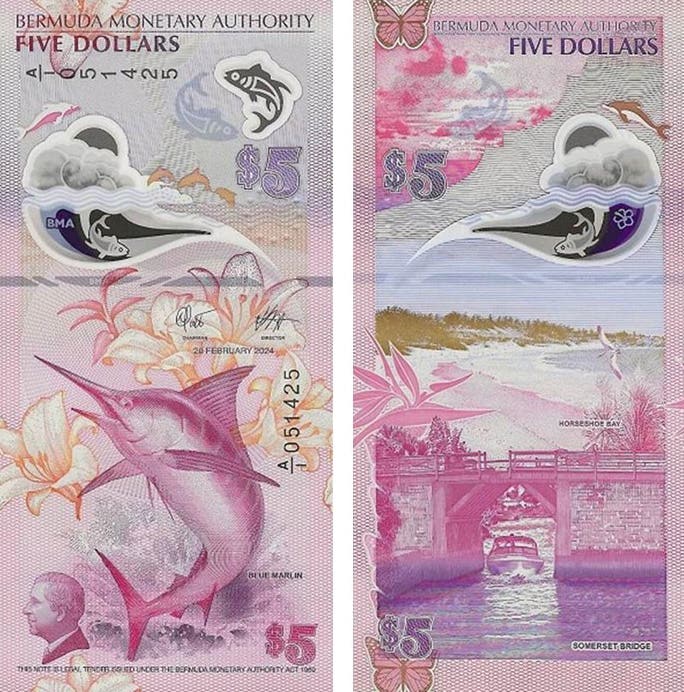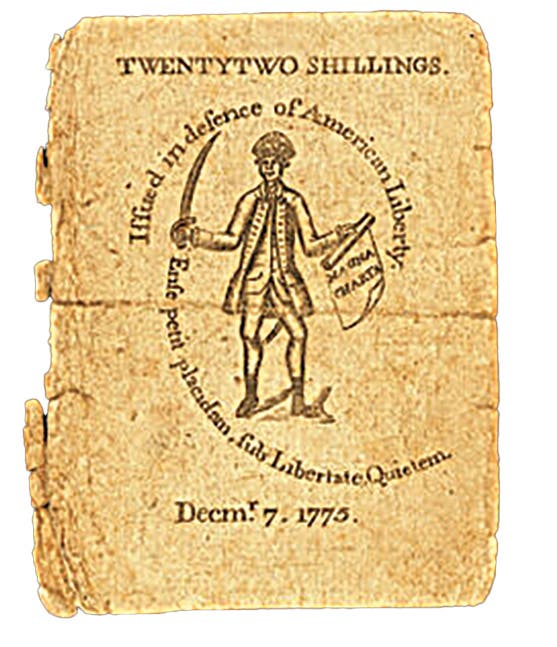Bank Notes Touch Down in Small Town
Dive into the history of Ogden, Illinois and the rare 1902 $20 bank note from the first national bank of Ogden.
For this month, we will once again visit a very small town in Illinois, several of which I have covered in past articles. Illinois is a very interesting state and as much as most people just think of it as Chicago and its northern suburbs, whereas most of the state, known colloquially as “downstate” is mostly agricultural and filled with many small towns quite a few of which are down on their luck and becoming quite ghostly. So, this month I selected a note from my collection that is representative of one of these downstate very small towns so let’s visit tiny Ogden, Ill., and see what it has to offer.
Ogden is a small town in Champaign County, Illinois, in the east-central part of the state, roughly 150 miles south of Chicago and 120 miles due east of Springfield, the state capital. It is easily reached via I-74 and is located at the junction of U.S. Route 150 and State Route 49, midway between Champaign-Urbana and Danville. The population as of the 2020 census was a mere 729 people. Ogden is a rather small town and refers to itself as a village.
The tribes of the Kickapoos, Miamis and Pottawattamies were known to make appearances as hunters and warriors in the area that would become Champaign County but were not considered to have settled or lived in the area. The first white settlers to come into the county were United States surveyors who divided the county into townships in the summer of 1821. Permanent settlement of the area started around 1828. The county was the home of malarial diseases until drainage brought cultivation. Sometimes there were not enough healthy individuals in a settlement to take care of the sick as there were few or no physicians. There was much struggle making the boggy marshlands livable. Hickory Grove, west of Ogden, became a campsite for many farmers. John Harmeson came from Anderson, Ill., to what is now Ogden; he purchased from the government 9,160 acres at $1.20 per acre. The land was divided by his sons, with John receiving the land where Ogden now stands. He sold it to one of his relatives, John Leney, in 1861.
The town consisted of nine blocks and was laid out by John Leney in 1870. The town was named after a pioneer settler, John Ogden. An agreement was made that if John sold a tract of land to the railroad company, they would name the town after him. The Ogden family lived just south of town in a log cabin. The first general store opened on June 25, 1870. Ogden eventually had a jail as well as several new businesses, including a general merchandise store, two livery stables, jewelry store and several others. Patrick and William Brennan owned a peddler’s wagon going through the countryside ringing its bell and showing many items for sale. They would buy chickens in trade because of the chicken coop attached underneath the wagon to carry them back to the store. The first newspaper in town, the Ogden Sun, began publishing in 1885. In 1912 resident John Rose donated the ground on which to build a town hall, stipulating that one room be reserved for a library. Mr. Rose died in August 1916 and willed $800 to start the library. By repetition of this process, roads often attained great width. In 1927-29 Route 49 was paved. The first railway in the Ogden area was an east west line with stations in Ogden, St. Joseph, Urbana, Champaign, and Mahomet. The telephone system was established in 1899 and was owned by local farmers. Ogden’s rural route was established in 1903 with Thomas Carpenter as the first postmaster.
A tornado did extensive damage to the downtown area of Ogden in March 1976, and later a devastating F-3 tornado with winds estimated at 170 M.P.H. hit Ogden on April 19, 1996, leaving a path of destruction from one end of town to the other. When the 1996 tornado was over, more than 200 homes and businesses received major damage, 80 homes and 14 businesses were completely destroyed and 13 people suffered minor injuries. With help from government agencies, surrounding communities, and thousands of volunteers, Ogden recovered. Over the years Ogden has proven itself a resilient community with supportive and caring residents.
Ogden decided it needed a National Bank at the turn of the 20th century, and so one was founded as a result of the Gold Standard Act of March 1900 which required a minimum of $25,000 in capital four towns with populations of less than 3,000 people. Accordingly, the First National Bank of Ogden was chartered in April of 1900. As small-town banks go, this was a very small bank. It issued a variety of national currency including series of 1882 Brown Backs, Date Backs and Value Backs, as well as Series of 1902 Plain Backs and even a smattering of Series of 1929 small size notes. Despite this potpourri of issues, the total circulation was tiny: a mere $173,000 in 35 years of operations!
The outstanding in 1935 was a minuscule $10,000, with just over $600 in large size notes. Any bank chartered prior to 1910 that had less than $15,000 outstanding in 1935 can be considered rare by any standard – a bank that issued only $173,000 in 35 years is one rare puppy and its notes will always be quite dear. Thus, I considered myself lucky when I was offered a truly beautiful Series of 1902 $20 note on the First National Bank of Ogden a couple years back. To find a really rare small town note in high grade with super eye-appeal is no small feat.
The current census shows just 7 large and 3 small notes on the Ogden bank; interestingly Heritage has sold just 2 large notes from this bank over the past several decades, the last in 2007. In addition, it has offered small size notes six times over the years – each time the very same $20 note bearing serial #60. Ogden notes are in tight hands and are not available with any regularity. I am delighted to include a photo of my note – check out the beautiful pen signatures of brothers Leo Freese, cashier, and A.H. Freese, president.
The old First National Bank building still stands on West Main Street in town, though there are not too many operating businesses in the area. I have included a photo of the bank building as it appears today. It is no longer a bank, and it was not clear what it functions as. I have also included some photos from the aftermath of the 1996 tornado. You can see the bank still standing but the adjacent structure suffered considerable damage and was later demolished. An aerial view of Ogden after the tornado shows damage to the town water tower and many homes and businesses.
Although Ogden is sort of off-the-beaten path, it is convenient to the University of Illinois, Champaign and is only 15 miles from the popular Kickapoo State Park.
Readers may address questions or comments about this article or national bank notes in general to Mark Hotz directly by email at markbhotz@gmail.com.








